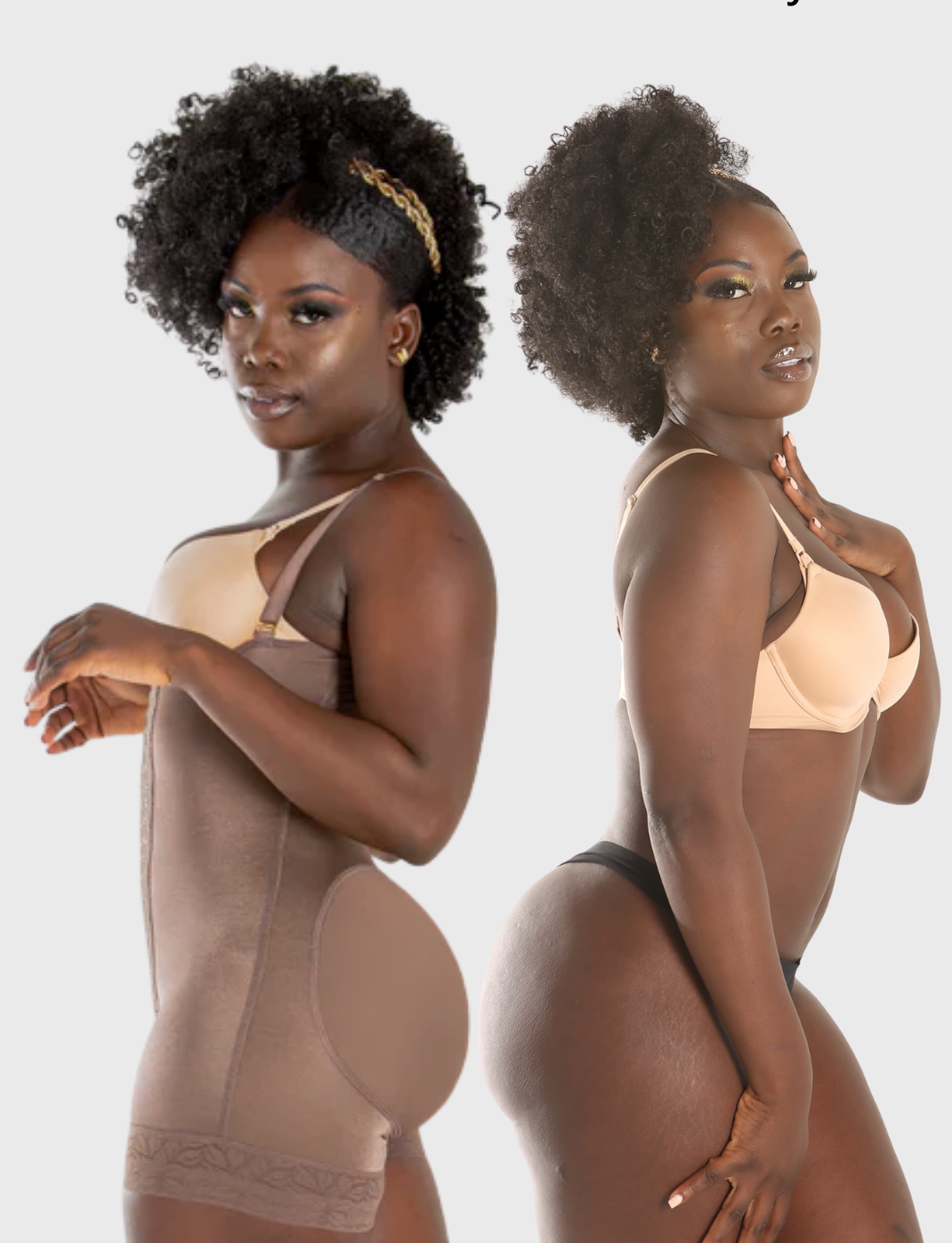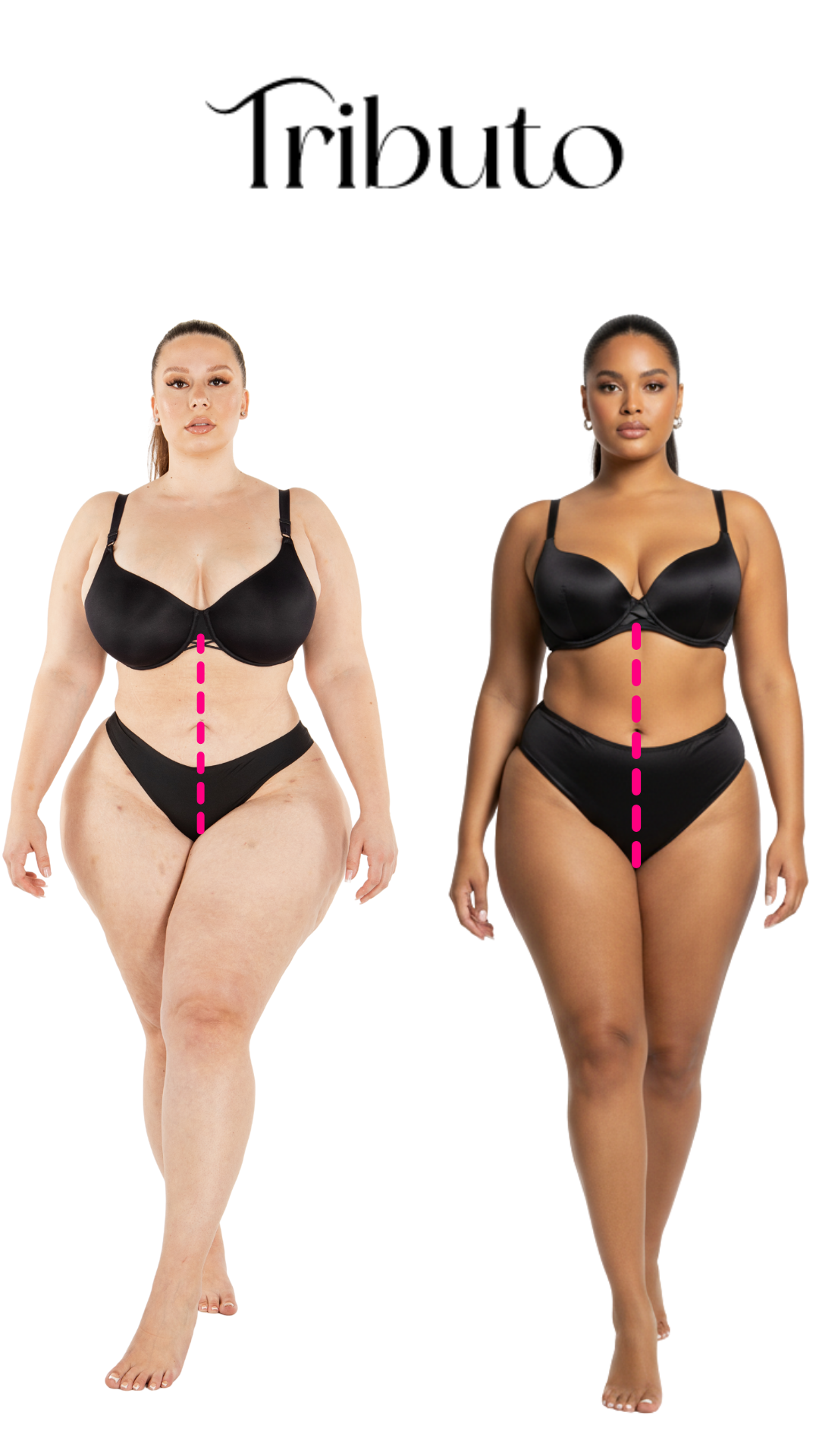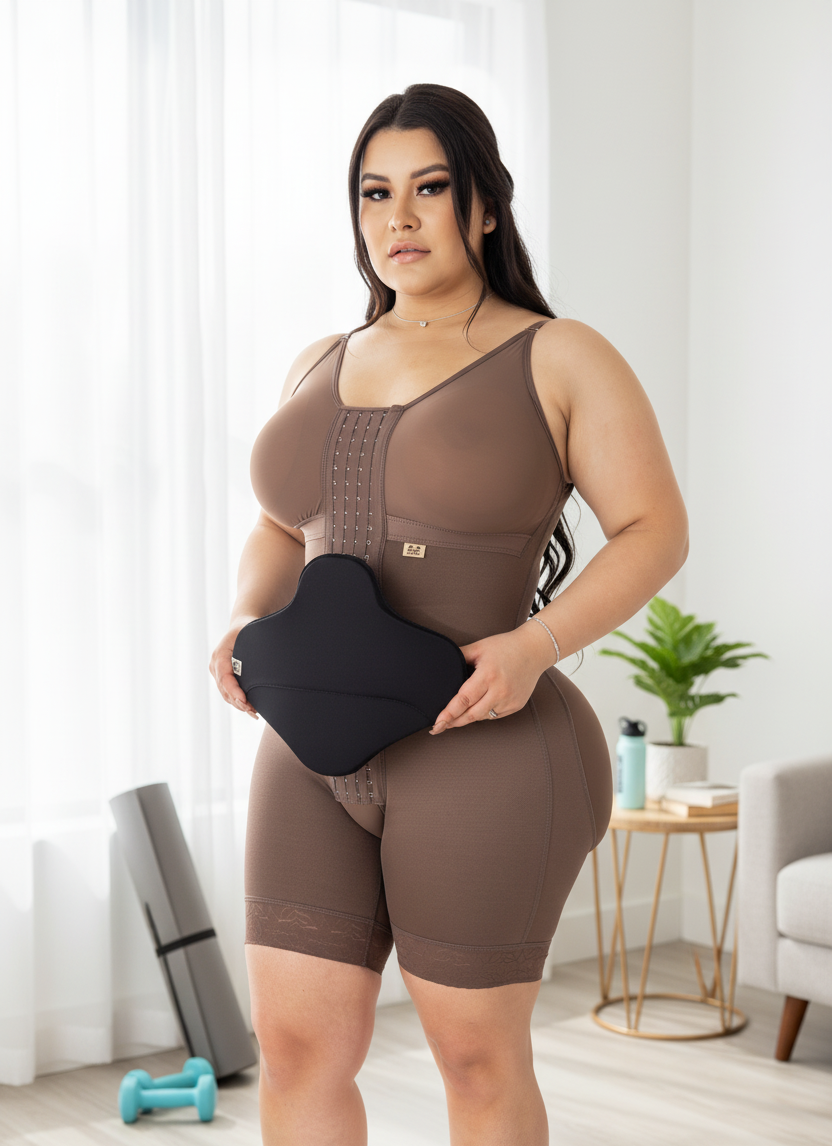
Top 3 Favorite Fajas to Start the Year
Top 3 Favorite Fajas to Start the Year highlights our most-loved styles designed to provide comfort, shaping, and reliable support. From discreet everyday sculpting to strong compression and full-body coverage, each faja offers unique benefits for different needs and recovery stages. These recommendations help you choose the right support to feel confident, comfortable, and supported as you start the year.























